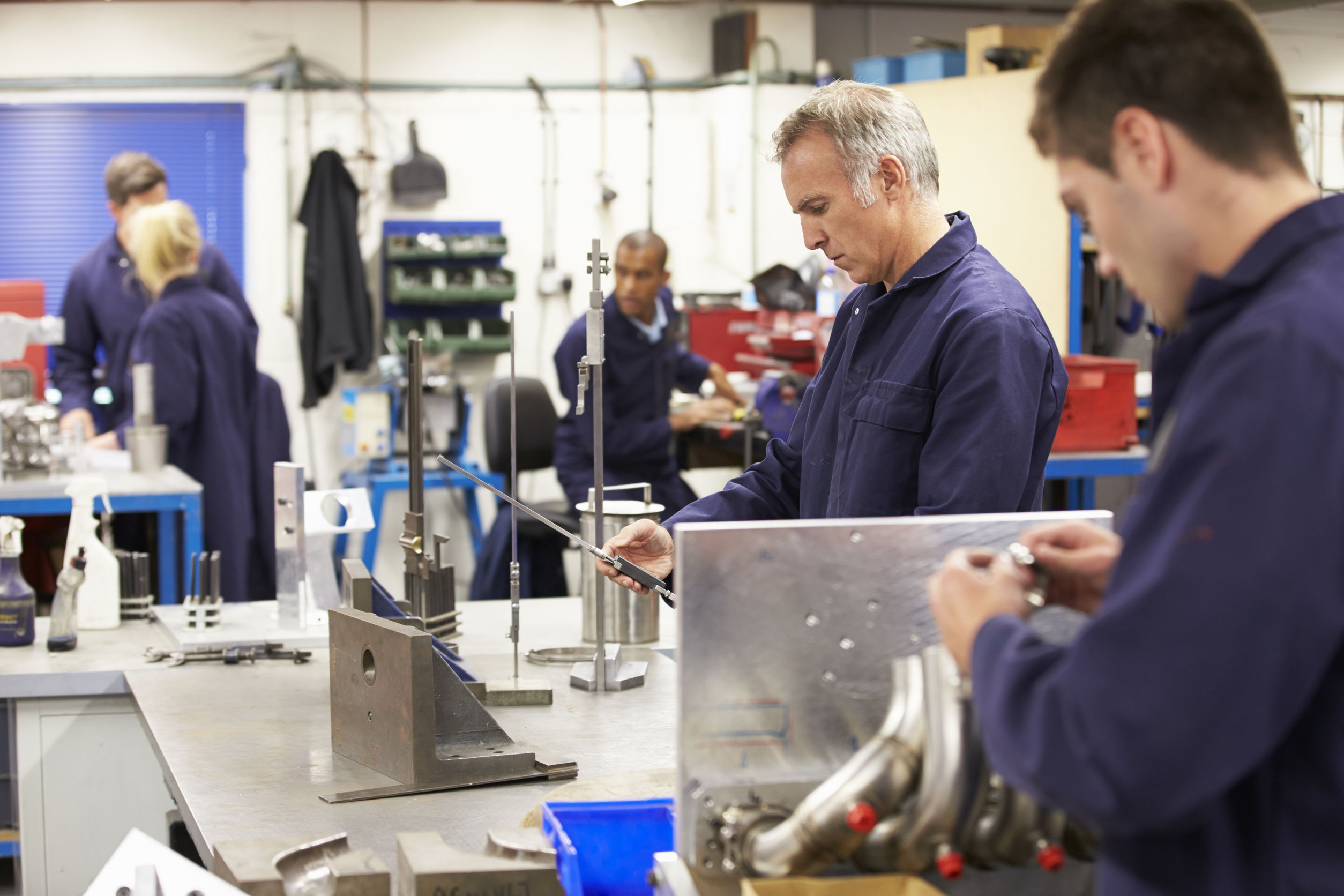Ensuring lean transformation – how to guarantee success in the long-term
04/04/2017

Transforming a company into a lean organisation does not just happen –the leadership team might have developed a detailed plan for the change but this does not mean the metamorphosis will be a success. Having a plan and implementing the tools of lean is only the start. For the organisation to benefit from the initiative more than management pronouncements are required. Any change needs to be accepted and adopted by the employees: it must become part of the culture.
Visiting Best Factory Award winners such as Brose, Domino and Fujifilm it is possible to identify that one of the important elements to successful transformation is the change in the organisational culture. It is easy to buy material about lean tools and then to train the workforce in their use, but this will not guarantee success in the long term. Changing the employees’ attitudes so that they adopt the new tools and abandon the old ways of working is the only way to ensure a sustained transformation.
There are several practical actions that should be taken as part of the transformation process. These will help to mould the culture so that it is possible to ease the introduction of lean.
Understand your current culture
Before making plans to introduce lean it is important to understand the current culture, to help better appreciate where the focus will need to be placed. As part of the process of determining the current state it is useful to pay attention to how employees express themselves, how they talk about the company and the management team.
Outline the future state
What is the ideal future state you want for the organisation? What is the kind of culture do you want to see in the future? How do you want the employees to behave in the future? How do you want them to react when you and the leadership team are not there to give guidance? Take the time to draw a clear picture of what you want your organisation’s culture to look like in the future.
Communicate the vision
When undertaking any change and especially when it comes to introducing lean into your organisation, it is important to communicate the vision you have for the business. Take the time to present a simple-to-understand vision of what the future will look like. As part of the process of communicating this vision don’t forget to explain what the advantages are for the shop floor, and how they will benefit from working towards the vision you are outlining.
Communicate progress
Keep the employees continuously informed, communicate (through all the channels) what is happening and what the results are. One of the reasons that people resist the introduction of lean is that it is new, and they fear the unknown. So, it makes sense that if you keep then regularly informed it helps to put their fears to rest. A Best Factory Award winner once advised me, “Don’t be afraid to over-communicate to the shop floor – because you can’t.”
Celebrate success
An important fact to communicate is the success that has been achieved. Several of the Best Factory Award winners have set-up displays in their factories which show all the improvements that have been carried out by the employees, the individuals involved and the cost savings achieved.
Leadership
In any transformation leadership is important, not only in creating the vision and launching it, but also in sustaining it. The workers pay attention to what the leadership do and say and so that is why leaders, at all levels of the organisation, should be exhibiting the behaviours expected of employees in the future state organisation.
—
Come to the Best Factory Award Conference held on the 26th – 27th April at the Oxford Belfry to hear more how several of the 2016 Best Factory Award winners successfully went about organisational transformation.
Categories & Tags:
Leave a comment on this post:
You might also like…
Keren Tuv: My Cranfield experience studying Renewable Energy
Hello, my name is Keren, I am from London, UK, and I am studying Renewable Energy MSc. My journey to discovering Cranfield University began when I first decided to return to academia to pursue ...
3D Metal Manufacturing in space: A look into the future
David Rico Sierra, Research Fellow in Additive Manufacturing, was recently involved in an exciting project to manufacture parts using 3D printers in space. Here he reflects on his time working with Airbus in Toulouse… ...
A Legacy of Courage: From India to Britain, Three Generations Find Their Home
My story begins with my grandfather, who plucked up the courage to travel aboard at the age of 22 and start a new life in the UK. I don’t think he would have thought that ...
Cranfield to JLR: mastering mechatronics for a dream career
My name is Jerin Tom, and in 2023 I graduated from Cranfield with an MSc in Automotive Mechatronics. Originally from India, I've always been fascinated by the world of automobiles. Why Cranfield and the ...
Bringing the vision of advanced air mobility closer to reality
Experts at Cranfield University led by Professor Antonios Tsourdos, Head of the Autonomous and Cyber-Physical Systems Centre, are part of the Air Mobility Ecosystem Consortium (AMEC), which aims to demonstrate the commercial and operational ...
Using grey literature in your research: A short guide
As you research and write your thesis, you might come across, or be looking for, ‘grey literature’. This is quite simply material that is either unpublished, or published but not in a commercial form. Types ...






